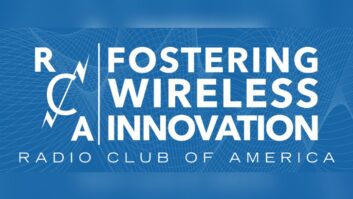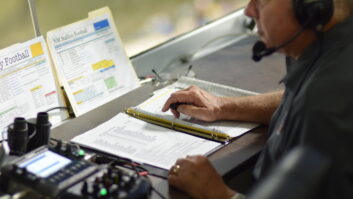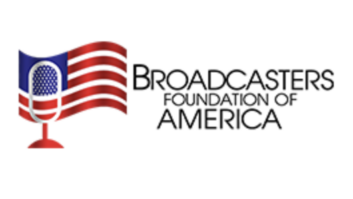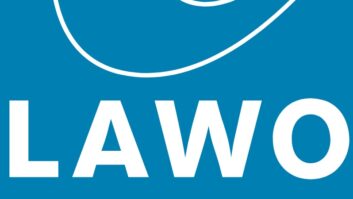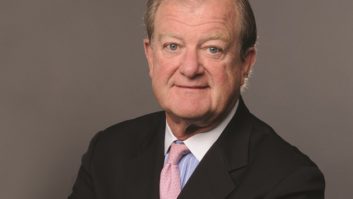
REDMOND, Wash. � Another key player wants to provide broadband internet services to rural America.�
�Broadband connectivity is no longer simply a luxury for streaming YouTube videos on a tablet (as enjoyable as that may be),� said Microsoft’s Brad Smith in a recent blog entry. �It has become a critical connection to a better education and living. New cloud services are making broadband a necessity to start and grow a small business and take advantage of advances in agriculture, telemedicine and education. In short, broadband has become a vital part of 21st�century infrastructure.�
Today, 34 million Americans still lack broadband internet access, which is defined by the FCC as a 25 Mbps connection; of these, 23.4 million live in rural parts of our country. And without that access, these people are increasingly unable to take advantage of the economic and educational opportunities enjoyed by their urban neighbors, according to Smith.
TV white spaces are chunks of spectrum, in the 600 MHz range, between licensed TV channels. (We�ve previously covered the topic in the Radio magazine today newsletter several times, specifically, here and here.)
�In 2010 the FCC adopted rules enabling the use of TV white spaces in the United States. It has taken years of additional work to put in place the building blocks needed for the use of this spectrum to scale in an affordable way. We and others have worked to perfect the hardware and software technology, develop industry-wide standards and innovate our way to a practical business model. These advances have now reached a critical threshold, however, and together with increasing demand for cloud services, the market is poised to accelerate � if we take the right steps,� said Smith in the blog.�
So just what does MS plan to do? According to Smith, �At Microsoft, we�re prepared to invest our own resources to help serve as a catalyst for broader market adoption of this new model.� Their plan includes three elements to be implemented on a five-year basis:
MS will pursue direct investments with partners � their Rural Airband Initiative will invest in partnerships with telecommunications companies with the goal of bringing broadband connectivity to 2 million people in rural America by 2022.
Working through Microsoft Philanthropies, MS�s Rural Airband Initiative will help train people on the latest technology so they can use this new connectivity to improve education, health care and agriculture, as well as transform their businesses.
MS will stimulate investment by others through technology licensing, and by granting royalty-free access to at least 39 patents and sample source code related to technology that will better enable broadband connectivity through TV white spaces spectrum in rural areas.
In their white paper summary, MS also said �The FCC needs to ensure the continued use of the spectrum needed for this mixed technology model. Specifically, it will be important for the FCC to ensure that at least three channels below 700 MHz � the so-called TV white spaces � are available for wireless use on an unlicensed basis in every market in the country, with additional TV white spaces available in smaller markets and rural areas.�
�







